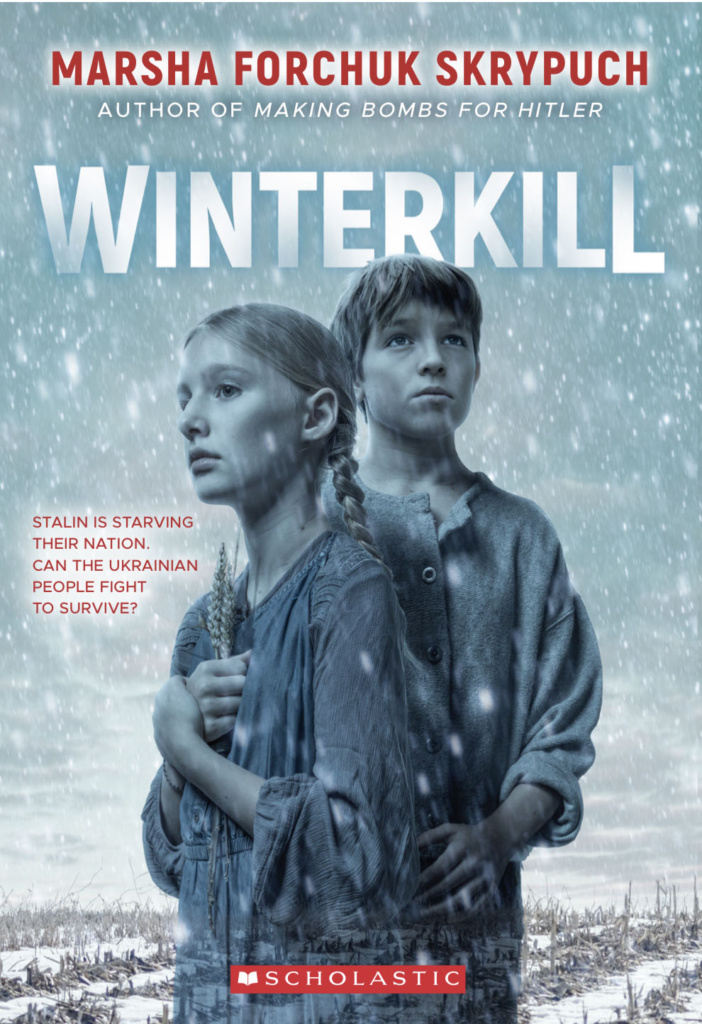
Nyl is just trying to stay alive. Ever since the Soviet dictator, Stalin, started to take control of farms like the one Nyl’s family lives on, there is less and less food to go around. On top of bad harvests and a harsh winter, conditions worsen until it’s clear the lack of food is not just chance… but a murderous plan leading all the way to Stalin.
Alice has recently arrived from Canada with her father, who is here to work for the Soviets… until they realize that the people suffering the most are all ethnically Ukrainian, like Nyl. Something is very wrong, and Alice is determined to help.
Desperate, Nyl and Alice come up with an audacious plan that could save both of them—and their community. But can they survive long enough to succeed?
Known as the Holodomor, or death by starvation, Ukraine’s Famine-Genocide in the 1930s was deliberately caused by the Soviets to erase the Ukrainian people and culture. Marsha Forchuk Skrypuch brings this lesser-known, but deeply resonant, historical world to life in a story about unity, perseverance, and the irrepressible hunger to survive.
HREC ED teaching resources on the Holodomor here.
Support your local Canadian independent bookseller with this link:
Rather shop on Amazon? Here’s the universal book link.
Reviews:
New York Times: Skrypuch handles difficult themes with intelligence and honesty
Historical Novel Society: This is an excellent and terrible book. Well-written, it includes convincing and sympathetic characters, and it bears witness to an awful historical event: Stalin’s partially successful attempt between 1930 and 1933 to starve Ukraine to death. Its author, Marsha Forchuk Skrypuch, is, in her own words, “fierce in her pursuit of truth.”
School Library Connection: This fast-paced novel will engage readers who will easily relate to Nyl and his siblings. The death by starvation of the millions of people of Ukraine is a relatively unknown historical fact
but important in understanding the will of the current Ukrainian people to resist Putin and contemporary Russia.
Publishers Weekly: A timely, hard-hitting novel.
Canadian Materials: Highly Recommended
Helen Kubiw’s CanlitforlittleCanadians: Winterkill is a big story. It is so big that I can’t possibly reveal all the details and nuances of Marsha Forchuk Skrypuch’s story in a short review. There are good people and evil ones, both Ukrainian and Russian. There is joy and heartache, resourcefulness and laziness, greed and generosity. And there is oppression. Though much of Winterkill deals with the Holodomor, the 1932-1933 genocide of Ukrainians by starvation, it’s a story that’s bigger than that. It’s about that oppression of people and culture. There is resilience, as Nyl demonstrates with his story, but there is death and destruction and horrific suffering. And Marsha Forchuk Skrypuch tells it with such authenticity that this book of historical fiction could be a biography. Still, she tells it with sensitivity and compassion and allowed this Ukrainian-Canadian to read it with appreciation, albeit filled with sorrow.



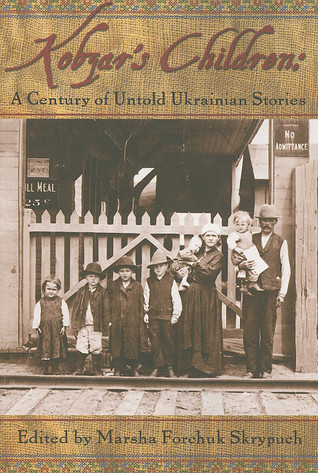
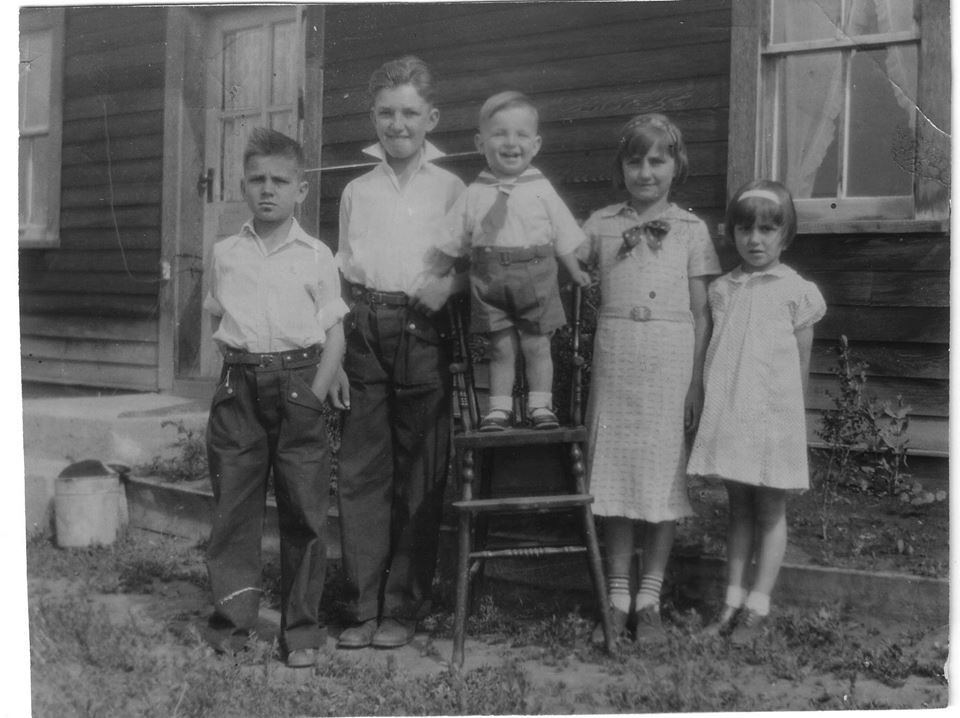
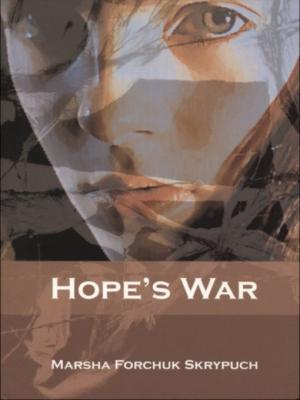
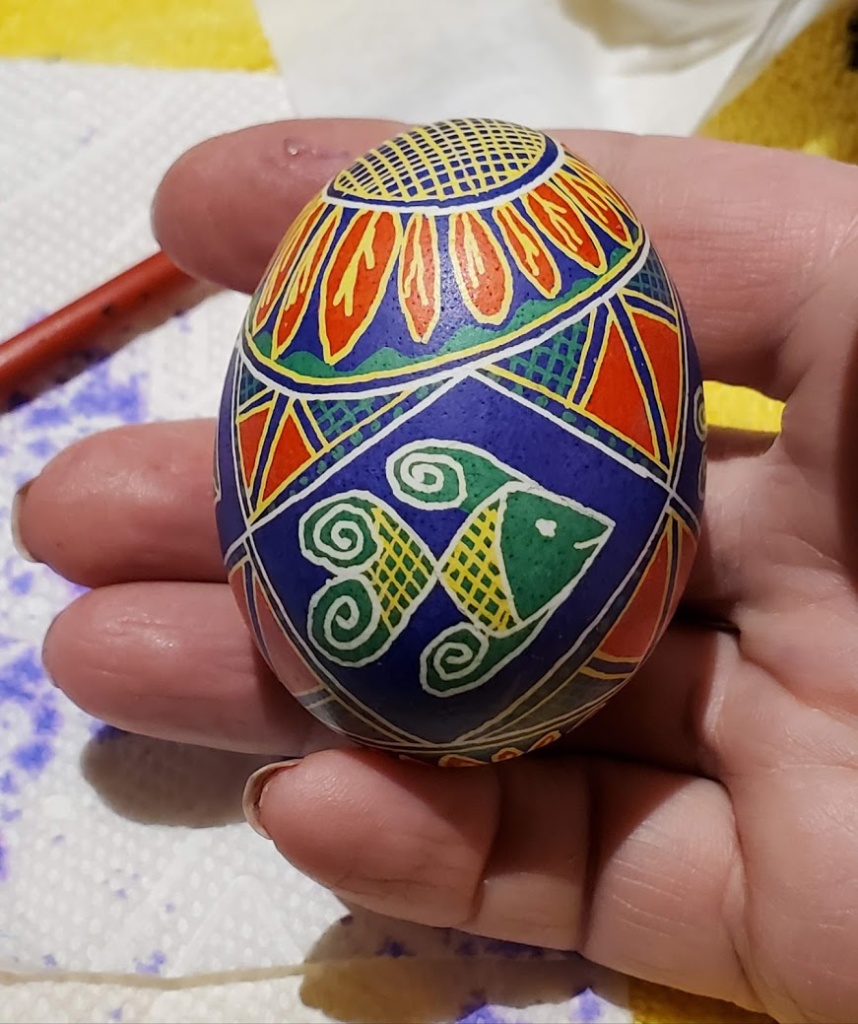


 by Marsha Skrypuch
by Marsha Skrypuch